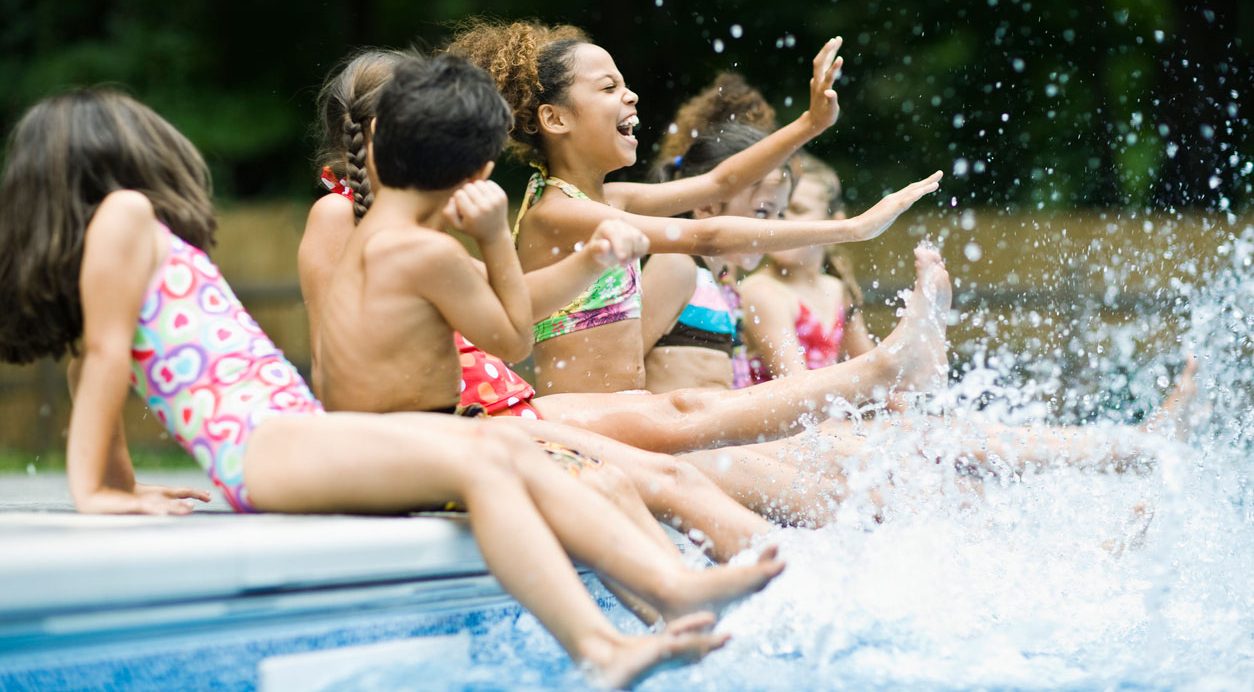Safety Tips for Your Child

Precautions and common sense can keep your child safe.
You can help keep your children safe by following precautions and using common sense. Here are some safety tips with links to more information.
Making your home safe
You want your home to be a safe haven for your kids. Keep in mind that every year, thousands of children are hurt or killed in home incidents. But with a little care and childproofing for younger children, you can ensure family safety and prevent many dangerous incidents.
Preventing injuries
You can help your child avoid injury by being prepared and educating yourself and your family. It is important to take charge of your child's health and follow a program designed to help you and your family stay healthy and safe. There are two sides to prevention: taking care of your child's health and following safety guidelines.
Air bags and kids
A car with an air bag is considered safer than a car without one. But for children under 13 years old, air bags can be dangerous. In fact, no child younger than 13 or under 65 pounds should sit in the front seat of a car equipped with passenger-side air bags.
Car Seats
Each year thousands of children are injured or killed in car crashes. Car seat safety can help keep your infant or toddler safe and secure in your vehicle. But they need to be used correctly. Five important things you can do to keep your child safe are:
- Use a car seat every time your child rides in a vehicle — no exceptions.
- Have your child ride rear-facing for as long as the car seat allows.
- Use your car seat according to the manufacturer’s instructions. Also check your vehicle owner’s manual. Keep both manuals handy for reference.
- Always use car seats in the back seat of your vehicle.
- Switch to a booster seat when your child outgrows car seats.
Booster seats and seat belts
You’ve kept your child safe in your vehicle using a car seat — that’s great. Now your child has outgrown the seat, and it’s time to upgrade.
Gun safety
If you own a gun for sport or protection, your child should not have access to it. Keep all guns and ammunition out of reach. Store them separately in locked cases, with trigger locks on the guns, or better yet – in a locking gun safe. Even if you don’t have a gun at home, talk to your child about gun safety. Your child’s friends may have guns in their homes, or your child may come across a gun elsewhere. Make sure he knows what to do.
Water safety
Playing in the pool, the ocean, and even the bathtub can be good fun and exercise for a child. But did you know that a child can drown in only an inch of water? Hundreds of kids drown each year, so practicing good water safety is critical.
Crossing streets
Most adults know the rules of walking safely on the road. But children have to be taught how to stay safe.
Bicycle safety
Your child rides a bicycle — that’s great! Bike riding is fun, it’s good exercise, and it can give your child a sense of independence. But a bike is a vehicle, not a toy. So you and your child need to know how to ride safely.
Skating, skateboards, and scooters
The most common (and often most serious) injury sustained on in-line skates, scooters, or while skateboarding is a head injury. Head injuries are the leading cause of death and disability in these types of crashes. Wearing a helmet can reduce the risk of death or injury and the severity of the injury in the event of a crash.
Updated:
April 07, 2020